
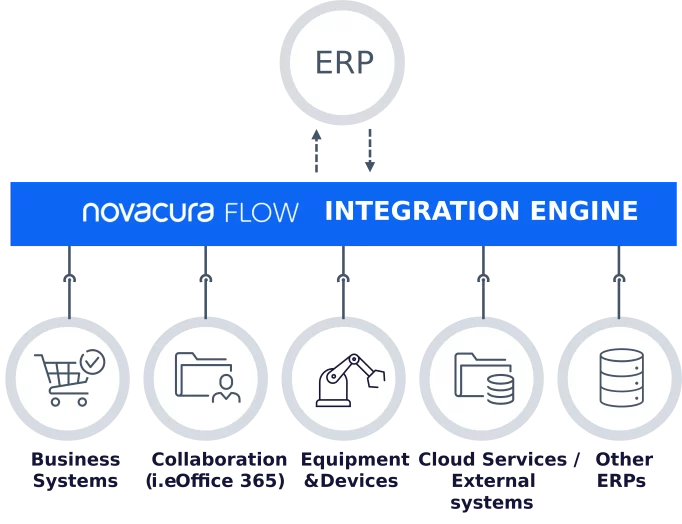
The role of the Integration Engine
The Novacura Integration Engine is functioning as a front-end for your ERP system, this tool simplifies complexity by enabling the creation of high-level business services. It effortlessly connects your ERP to other systems and equipment. Beyond ERP, it facilitates integration with various systems, fostering a “service-oriented architecture” through a centralized service bus. It efficiently manages scheduled data exchanges, monitors all integration calls, and provides IT administrators with a transparent view of executed integrations.
KEY CAPABILITIES:
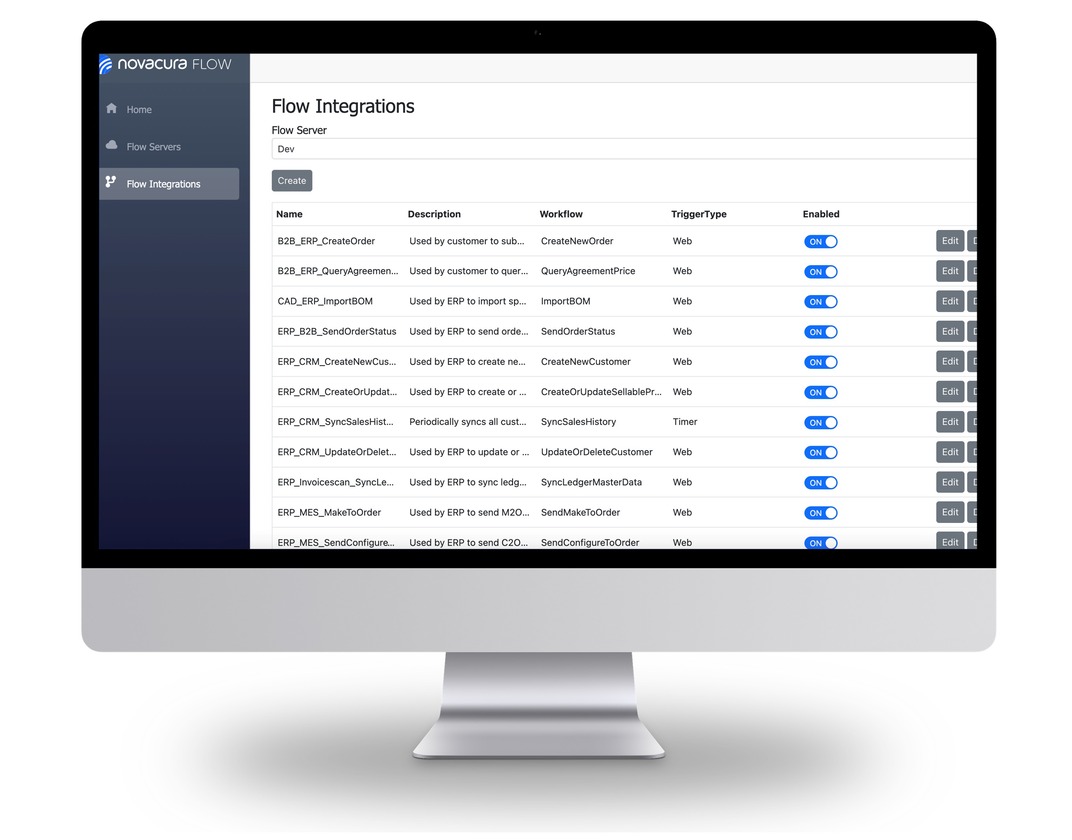
Administration: all in one place
The Novacura Flow Integration Engine simplifies integration management through its web-based administration console. This versatile tool allows users to effortlessly configure environments, define and set up integration services, monitor execution progress, detect issues, and access detailed call history and logs.
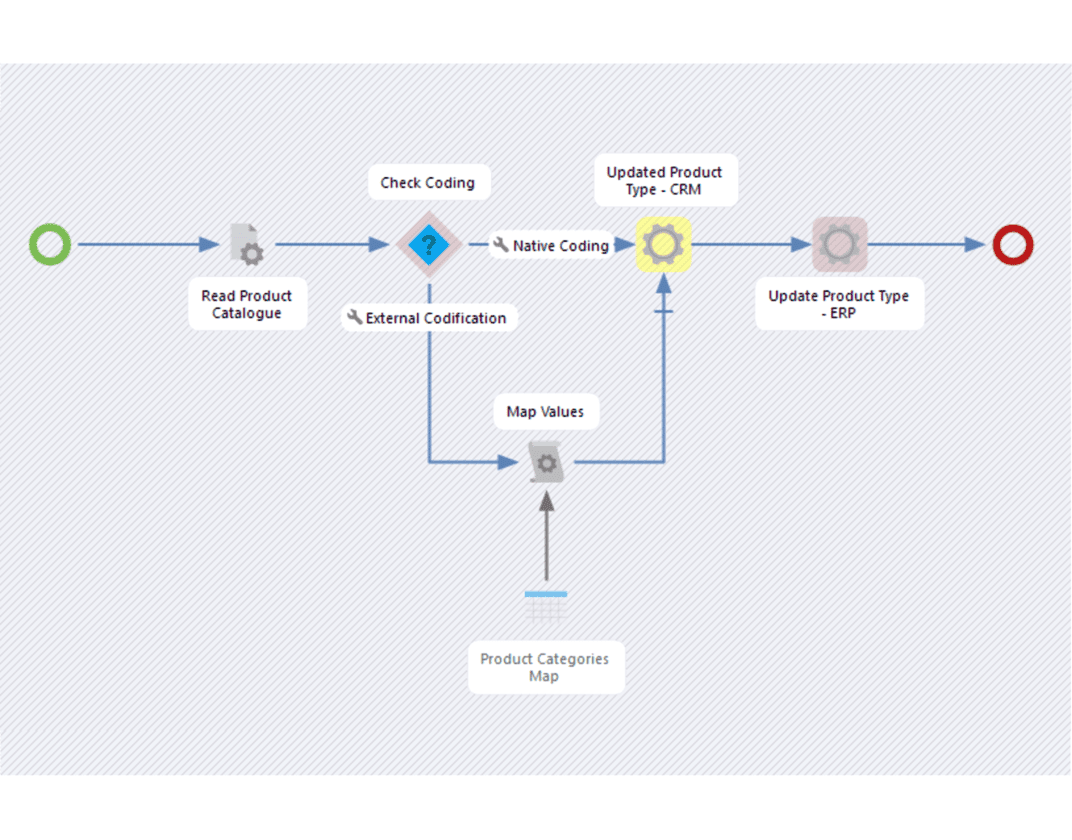
Easy Integration Services creation
In Novacura Flow Studio, integration services are first established as Machine Workflows, representing integration routines as business processes. These routines can encompass multiple integration calls to various systems, integrated with additional processing steps such as data mapping. The integration routine editor adheres to a low-code philosophy, ensuring that it's user-friendly and doesn't demand advanced technical expertise for effortless creation.
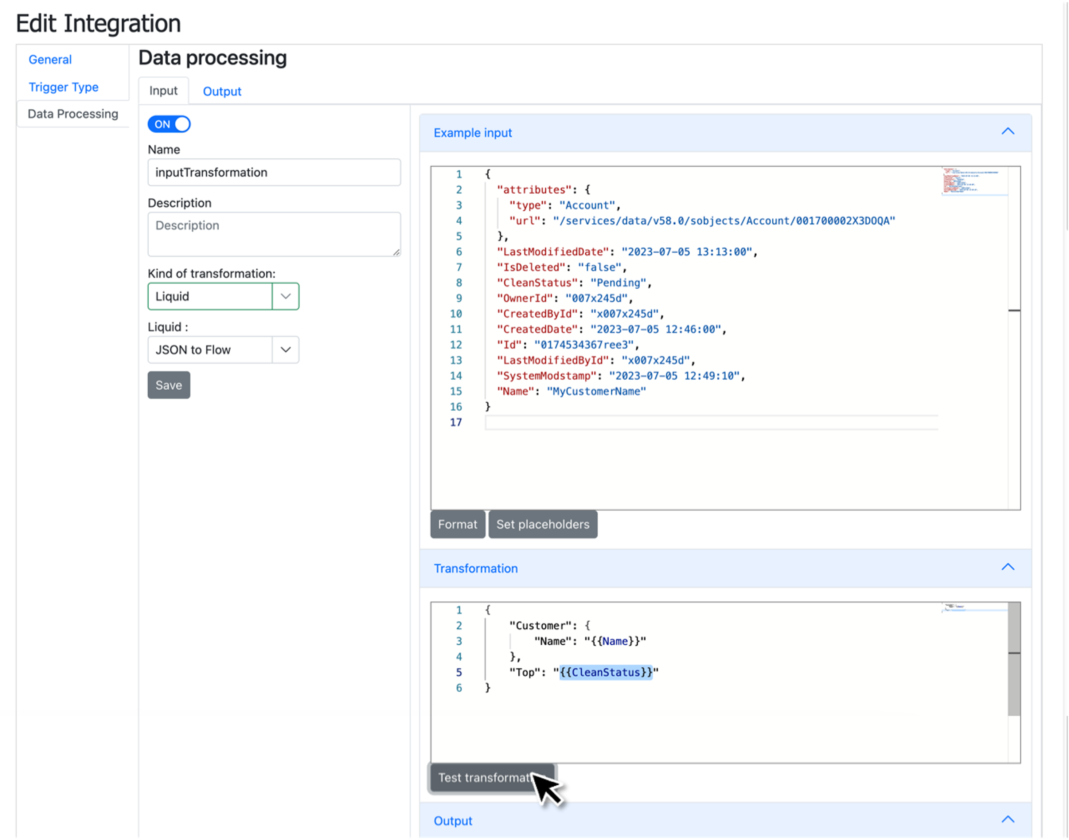
Input / output transformation
The Integration Engine seamlessly adapts web method input parameters, originally designed for external systems, to match the internal Integration Workflow's required structure. This transformation occurs dynamically, on-the-fly, with each Web-API call. Likewise, the Integration Engine also transforms and aligns the results to ensure smooth and efficient integration processes.
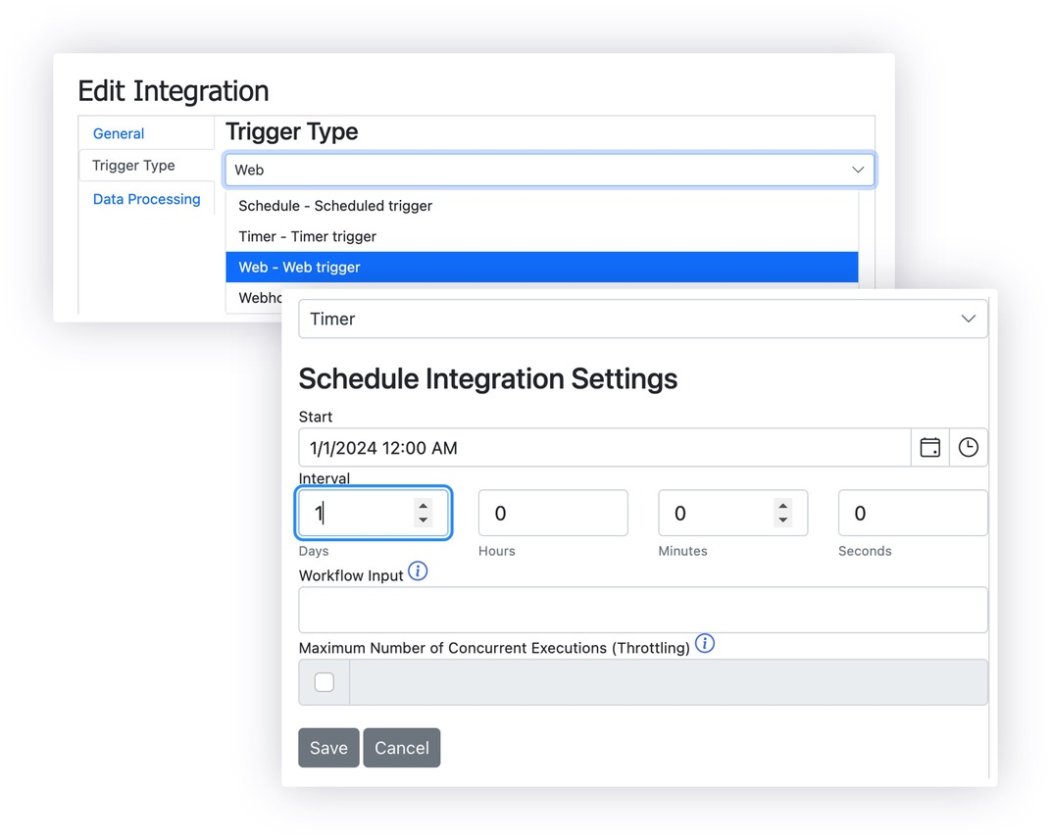
Triggered or scheduled integrations
With the Integration Engine, a variety of integration services become accessible. These include services initiated by external systems via Web Service (JSON) and services controlled by the Integration Engine Scheduler. When it comes to scheduled integrations, administrators have the flexibility to determine integration call frequencies and configure "Input parameters" for automated workflows. For example, they can set a Region_ID for a workflow that automates sales data integration between different systems.
Timeout control
The Integration Engine manages timeout for each integration service call - if the execution completes within the defined timeout, the result is promptly returned (synchronous mode). If the execution exceeds the timeout, the Integration Engine halts it, returning an error code ("http 202 - Accepted but not finished"). The actual result is stored in a dedicated queue for external system retrieval (polling).
Timeouts can be tailored for each integration service. Setting it to 0 processes all executions asynchronously, queuing results.
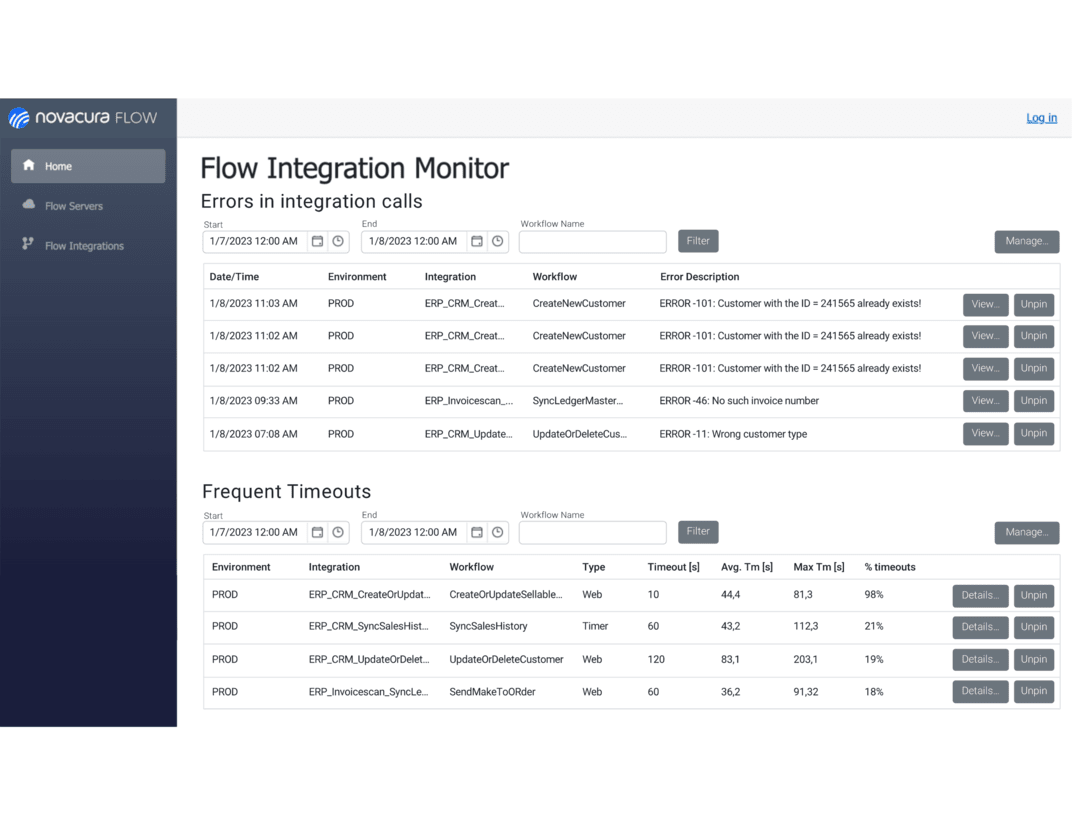
Performance monitoring
The administrator receives comprehensive notifications for all error-ridden integration calls, accompanied by easy access to in-depth information. Customizable notification rules allow for filtering out errors from test environments, specific error types, or tied to particular integration workflows. Additionally, performance examination is enabled through a dedicated report highlighting workflows that frequently exceed configured timeouts, offering insights for parameter adjustments or optimization.
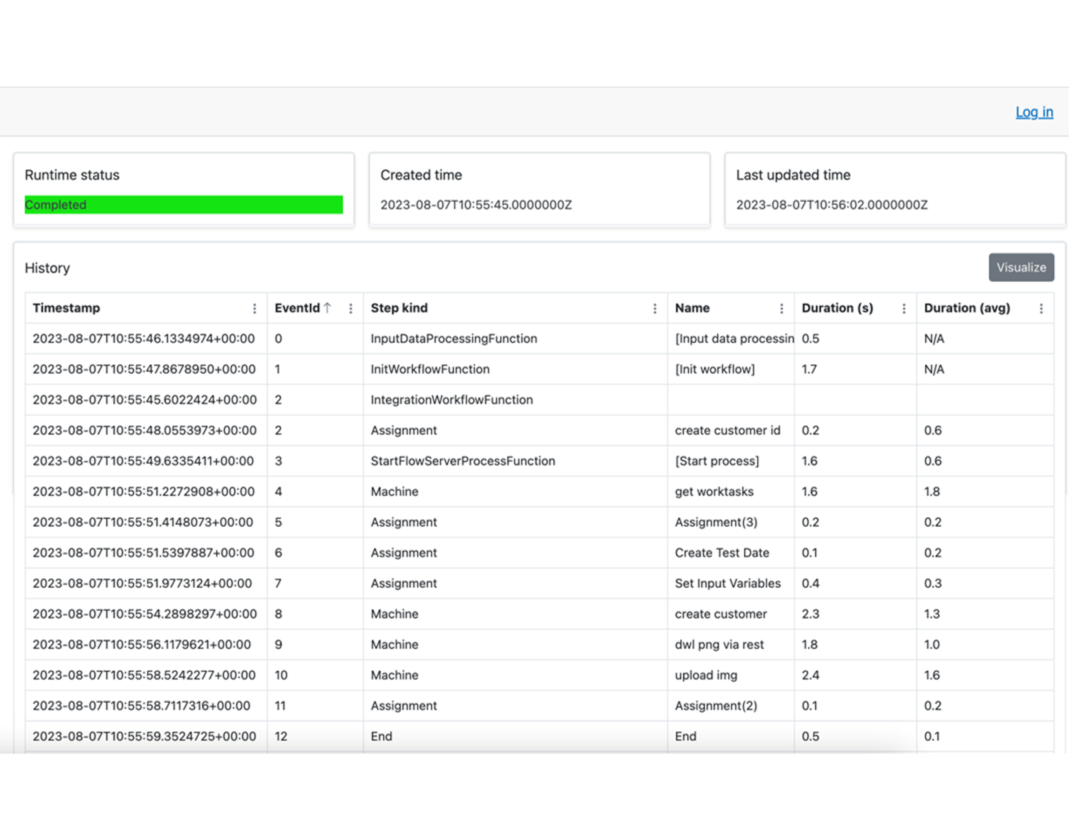
Measurements & optimization
Administrators can conveniently access performance history for individual Integration methods directly from the comprehensive list of all integrations. They have the ability to view the execution history of all integration methods and scrutinize the performance of specific integration calls. Detailed insights include separate displays of each step within the Integration Flow, including step type and name, along with duration compared to the average value for that Integration Flow.
Load control (Throttling)
The Integration Engine safeguards external systems, like ERP, by regulating the maximum simultaneous executions of specific Integration workflows. It queues integration messages to prevent any loss, and the calling system retrieves integration call results from the queue, similar to timed-out messages. This throttling mechanism can be customized for each Integration flow, ensuring controlled and efficient integration processes.
DEDICATED FOR ERP SYSTEMS :
Deep ERP integration
The Novacura Flow Integration Engine stands out as more than just another Integration Platform. It is specifically tailored for seamless collaboration with ERP systems, designed to enhance and extend their capabilities. A distinctive attribute of this platform is its profound ERP connectivity, where Novacura Flow continually interacts with ERP objects through authorized API methods, ensuring efficient and reliable integration.
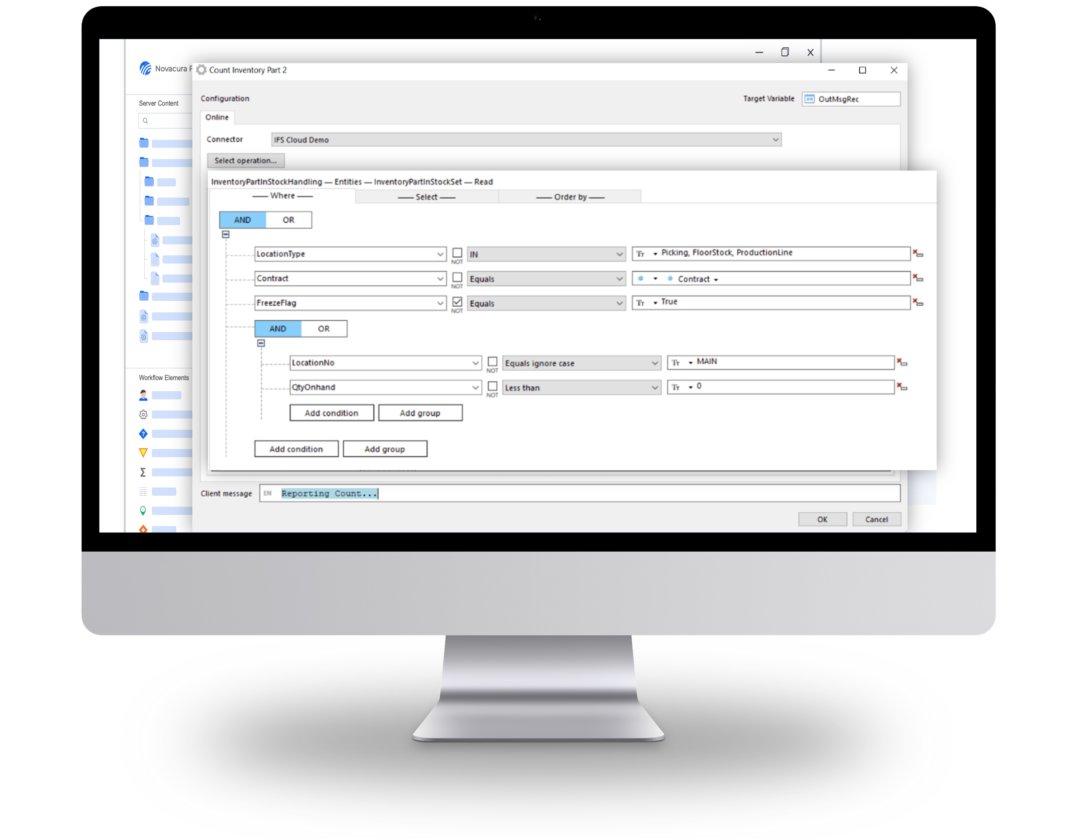
Dedicated ERP connectors
Deep ERP integration becomes achievable through dedicated connectors for various ERP systems. These connectors are conveniently accessible directly from the Flow Studio designer, supporting official ERP APIs, and are meticulously maintained by Novacura, ensuring reliable and up-to-date integration capabilities.
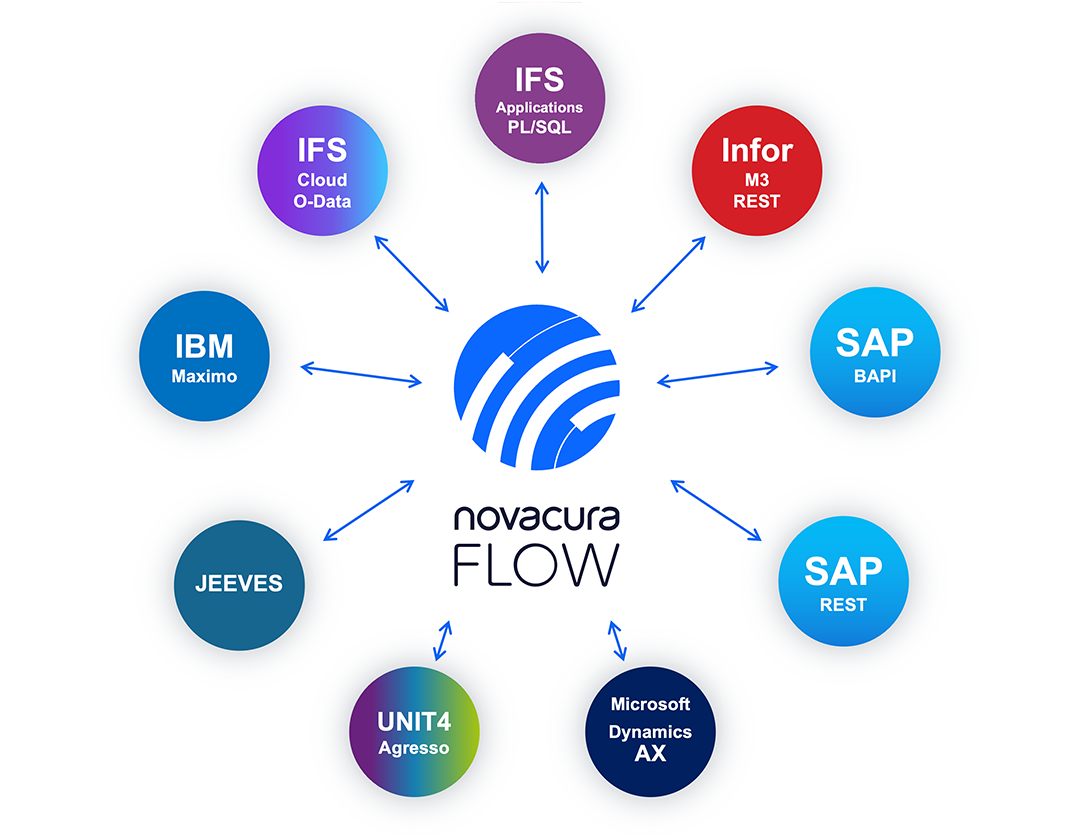
Official ERP api support
No matter how deeply Novacura Flow applications interact with ERP systems, it´s done only via official APIs offered by ERP providers.
Novacura Flow Connectors works with the most popular ERP systems using official communication protocols and APIs supported by the ERP vendors.
EQUIPPED WITH VARIOUS CONNECTORS
50+ connectors to various systems & technologies
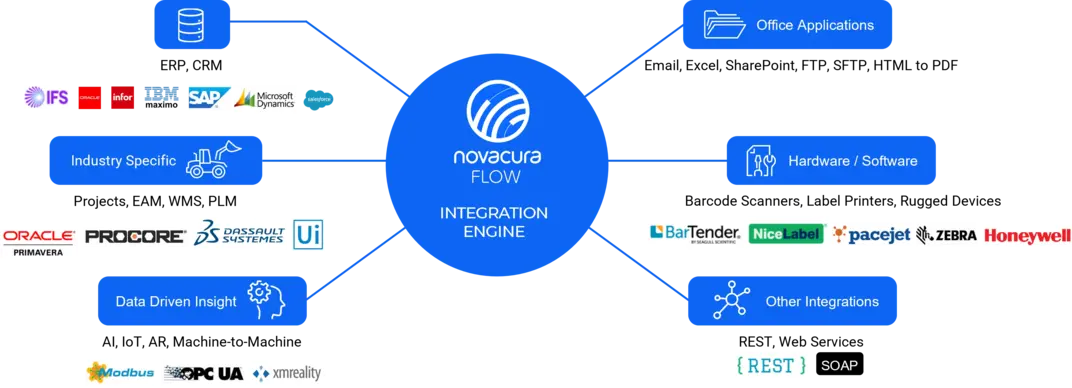
INTEGRATION AREAS
Novacura Flow can be used to support various integration scenarios. You can integrate your internal systems and systems belonging to your customers and suppliers. You can integrate local software with popular SaaS platforms offered in the cloud. Additionally, you can connect your iIoT devices with your business systems. With that versatility, you can orchestrate complex integration scenarios that exchange data between many systems.
Example use-cases:
Connect to external devices & machines
Thanks to the dedicated industrial connectors (OPC-UA, PLC, BLE), Novacura Flow can exchange information with hardware devices.
It helps you synchronize data between devices and business systems (especially ERP) and implement Industry 4.0 foundations.
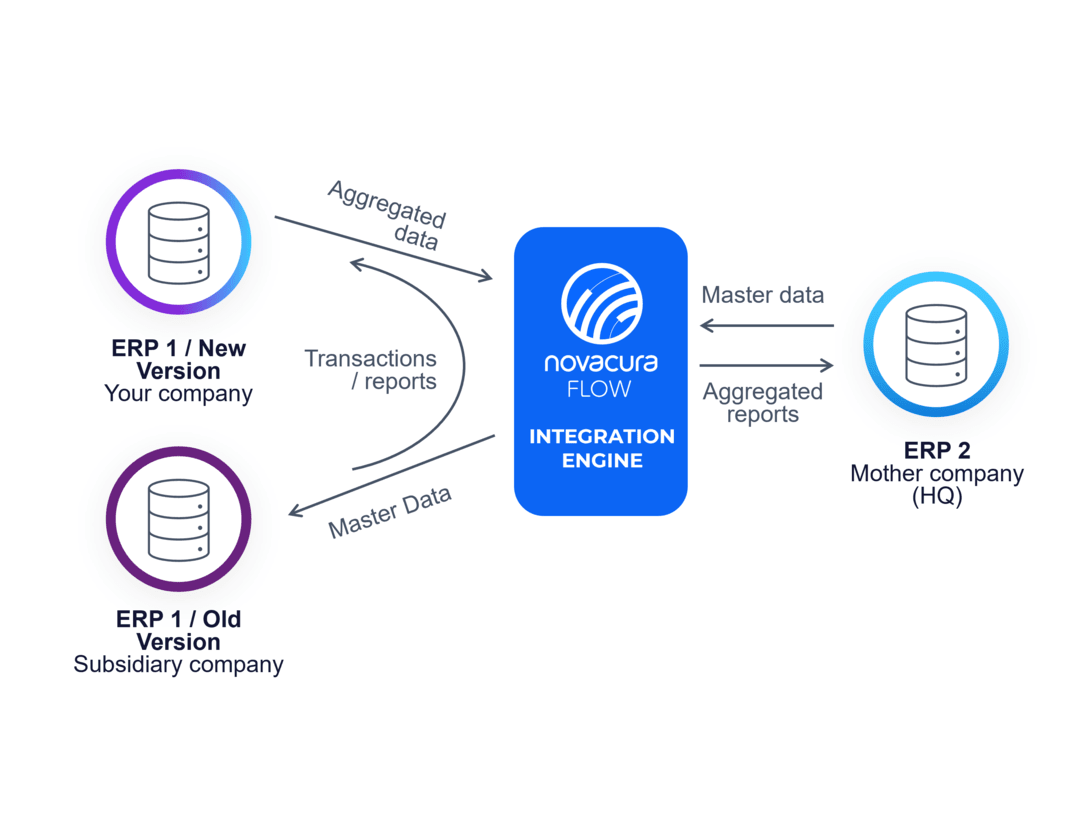
Connect many ERP systems
Integration Engine can help you integrate various ERP systems. It is typically used in holding structures, where companies must integrate data between different ERP systems used in HQ and subsidiary companies.
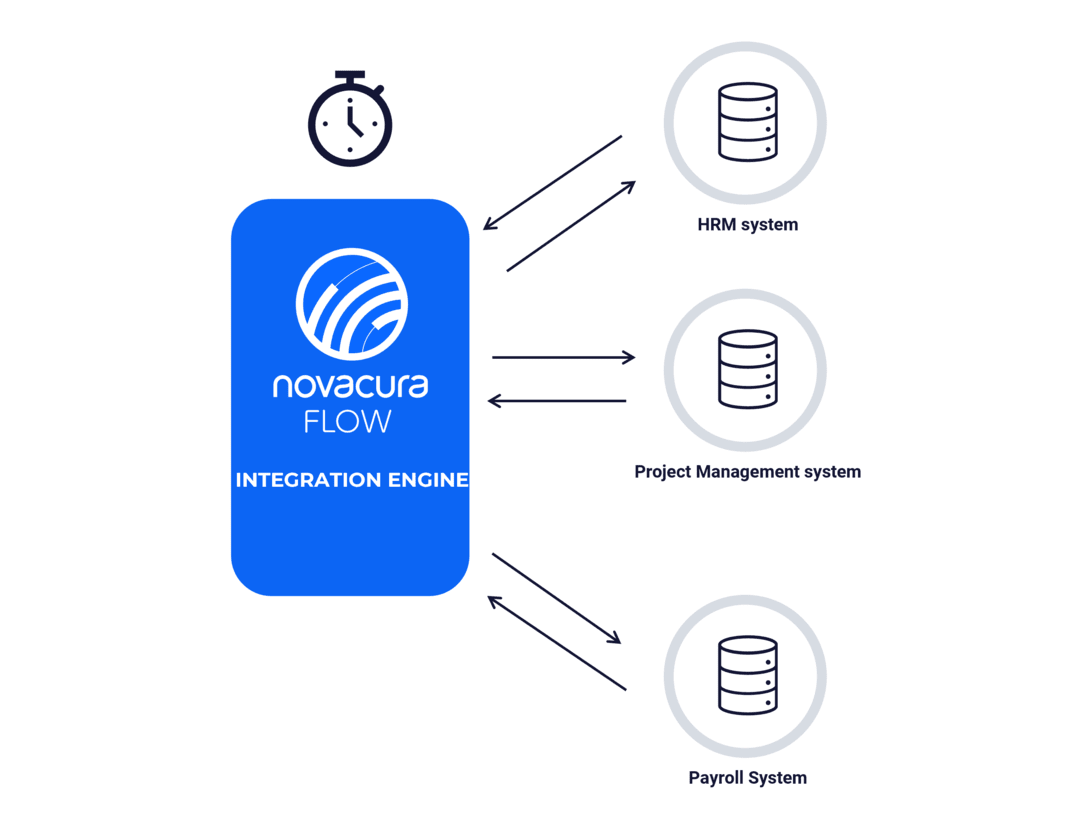
Automate complex cross-system business processes
Thanks to the scheduled workflows that can be controlled by the Integration engine, you can use this platform to automate your complex business processes. You can use it to automate the flow between many business systems – to synchronize data and propagate information.
Involve users in integration routines
Novacura Integration Engine is a part of the Novacura Flow package, where you can build low-code applications for the end-users (UI apps). Thanks to that, you can involve users in your integration workflows to verify business errors / correct corrupted data. For example - missing master data configuration, and missing data mapping between external system and internal system.
Users can also correct problematic records and reactivate the integration workflow.
APPLICATION MARKETPLACE
In addition to the Integration Engine, for Novacura Flow platform we offer the Application Marketplace, where you can find ready-made application templates that perfectly solve your problems.
- We are building a library of typical Integration workflows that should support most common integration cases.
- It will be available as downloadable Flow applications on the Novacura Marketplace.
- You will be able to add it to your project and adjust to your needs (it will be open for editing).
- This way you won’t have to start from scratch.
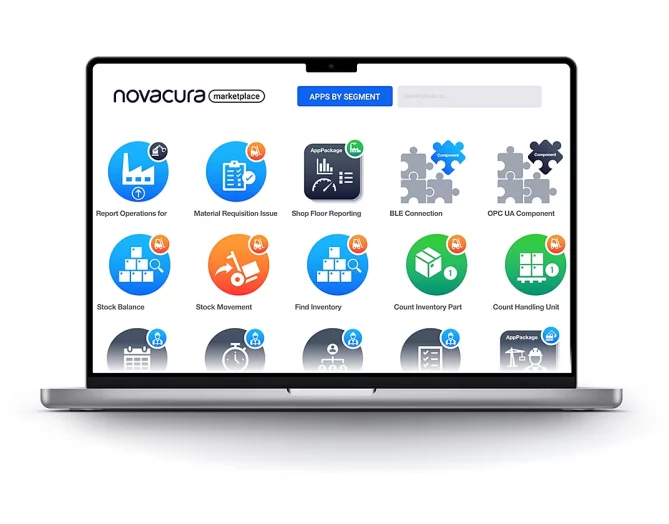



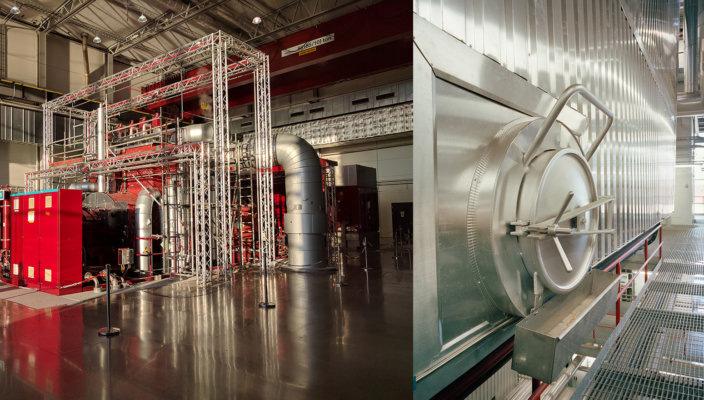



Contact our expert:
